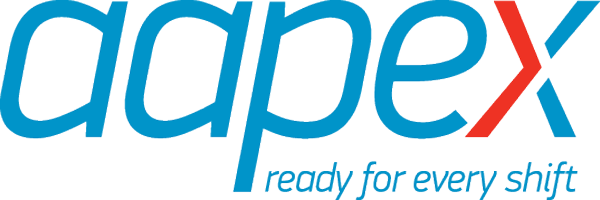The Repair Economy Never Left
Tuesday, May 17, 2022
The Repair EConomy Never Left
By Behzad Rassuli, SVP, Strategic Development, Auto Care Association
Do you ever wonder at what point your stuff became hard to repair and why society took this turn toward the “Throwaway Economy”?
I can distinctly remember growing up as a kid and the joy that came from improving things I owned, and the rewarding feeling that came with fixing things that were broken: from simple things like gluing and reinforcing the bumper of an RC car that I had driven into the wall (or my brother) one too many times, to taking it apart and repurposing its motor as a desk fan once the car was beyond repair. The inspiration to repair came from my Dad who seemed to always be tinkering with faucets or lights, and who encouraged his hesitant son to tackle repairs by saying “you can’t break it if it’s already broken.” He taught me to value the things I owned by learning what it takes to maintain and repair them, which in turn made me proud to keep things I had, because my repairs were not something you could buy – they were my own.
Is the desire to make your things last longer a generational divide, exacerbated by smaller components, or corporate conditioning?
I get it – getting a new car or a cellphone every few years can be exciting. But what are the true implications of this throwaway economy? E-waste alone accounts for over $200 billion and 50 million tons of waste yearly in landfills that will never degrade –seeping harmful elements into the earth from which our food and water is sourced. And tossing what you have at the first sign of wear, or “upgrading” to the next annual model, robs people of the rewarding experience to make something good as new, or the imagination and innovation that comes with making it even better.

Is part of what we are experiencing when it comes to the “need” for new products planned obsolescence? Products that are no longer supported by the manufacturer, paired with the convenience of just buying a new “thing” because it’s cheaper or easier seems much more pertinent today than it did maybe 10 or 20 years ago.
Our new global economy, thanks to the pandemic and subsequent supply chain issues, means that some new products, or parts to make them, are scarce, increasing demand and hiking prices. Which might just cause you to think: do I really need that new iPhone, or can I hang on to this one for another year? Do I really need a new car if my current one is paid off, or am I just conditioned or being influenced to want a new one? Reasonably, you should expect that your devices don’t have a shelf life that gets shorter and shorter, and that you’re able to maintain and fix those things to extend their life. You bought it, after all.
A fundamental choice
The fundamental choice to do what you choose with things that you own, coupled with a new economic environment that incentivizes saving over spending in times of uncertainty is exactly why our fight for Right to Repair is so pertinent today.
For those who aren’t native “fixers,” it can be tough to talk people into it and think it’s cool. But I’ve never not been met with surprise when someone asks something about an object of mine and how I got it that way and I explain how I customized it to fit my needs. Their eyes light up, almost as if they weren’t aware that you could even do these things. Curiosity, ingenuity and resourcefulness are those assets that make the independent automotive aftermarket not only special, but essential.
AAPEX is the complete spectrum of repair
AAPEX is about just that – the complete spectrum of repair. It’s a beacon for the future of the economy going back to more cyclical use of goods for the good of the consumer, as well as the planet. It’s about sustainability, independence, free markets and choice. We’ve always been there to provide these securities, to repair and maintain vehicles to keep them on the road safer, longer. And finally, to foster this future for the next generation of tinkerers and repairers. Bringing our younger generations to AAPEX and seeing their enthusiasm for what seems like a dying art is what keeps our industry alive, thriving and continuing to create solutions as technology advances. There cannot be technology or mechanics without the ability to repair.
Right to Repair movements are gaining momentum in Australia, the EU and Canada. We’re encouraged to see those advancements and work to show legislators in the U.S. that it can and should work here too.
Repair has always been in style

Be proud that you’re in an industry that is supporting these vital skills. It should give you pride and energy to know that no matter your job role or segment, you contribute to this essential service that has never gone “out of style.” You not only keep cars running and functioning, but you also improve the function and safety of vehicles. You are artists, continually perfecting your craft over decades.
I’ve felt at home in the repair economy for as long as I can remember. AAPEX is an opportunity to bring even more players into the fold and make sure that the “throwaway economy” becomes just a fad in time.
Explore a marketplace of the latest products, get hands-on training on today’s technology from top automotive experts, and catch up with peers, all in the excitement of Las Vegas at AAPEX 2022. Online registration is now open with early bird pricing at $40. Take a look at the schedule, and we hope to see you again this November!
May 17, 2022

